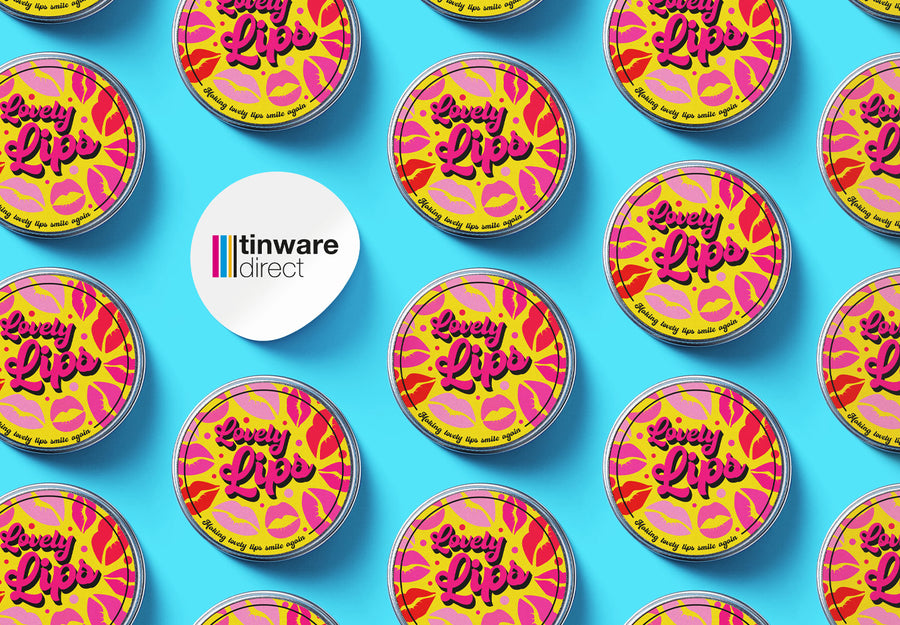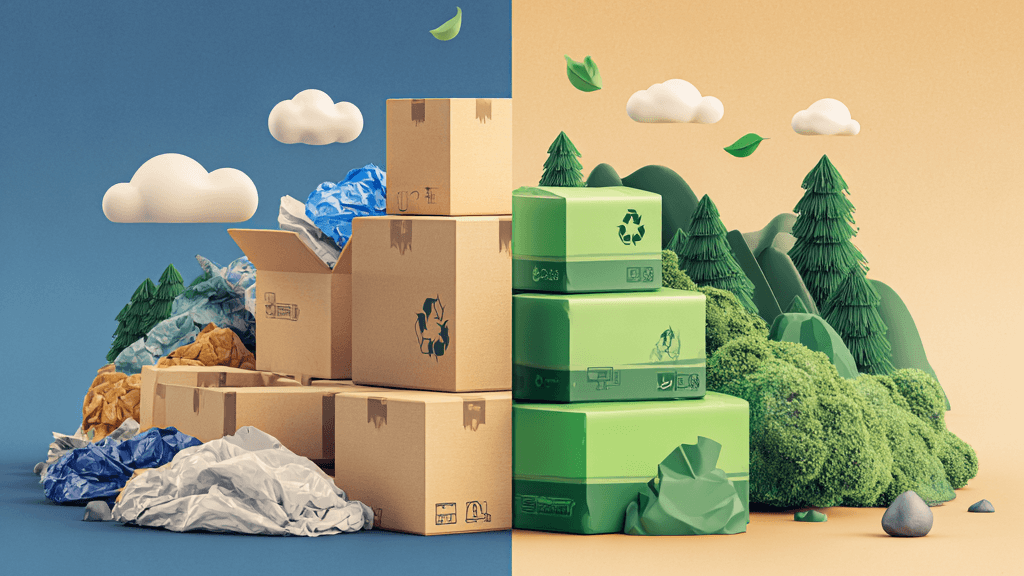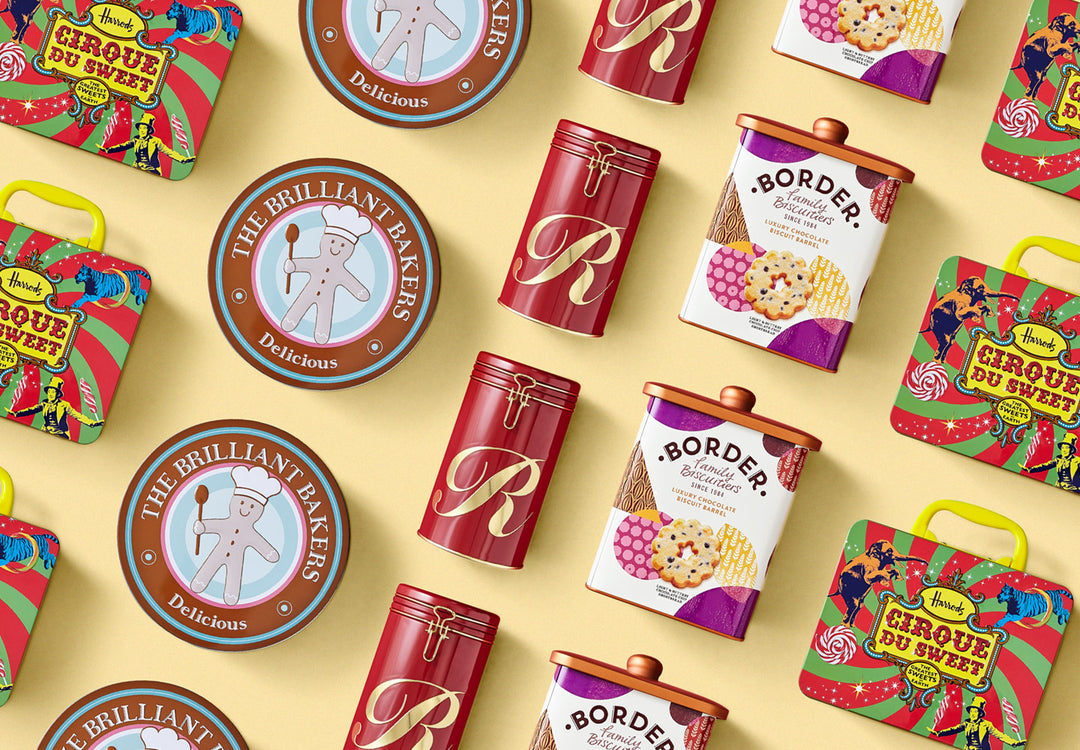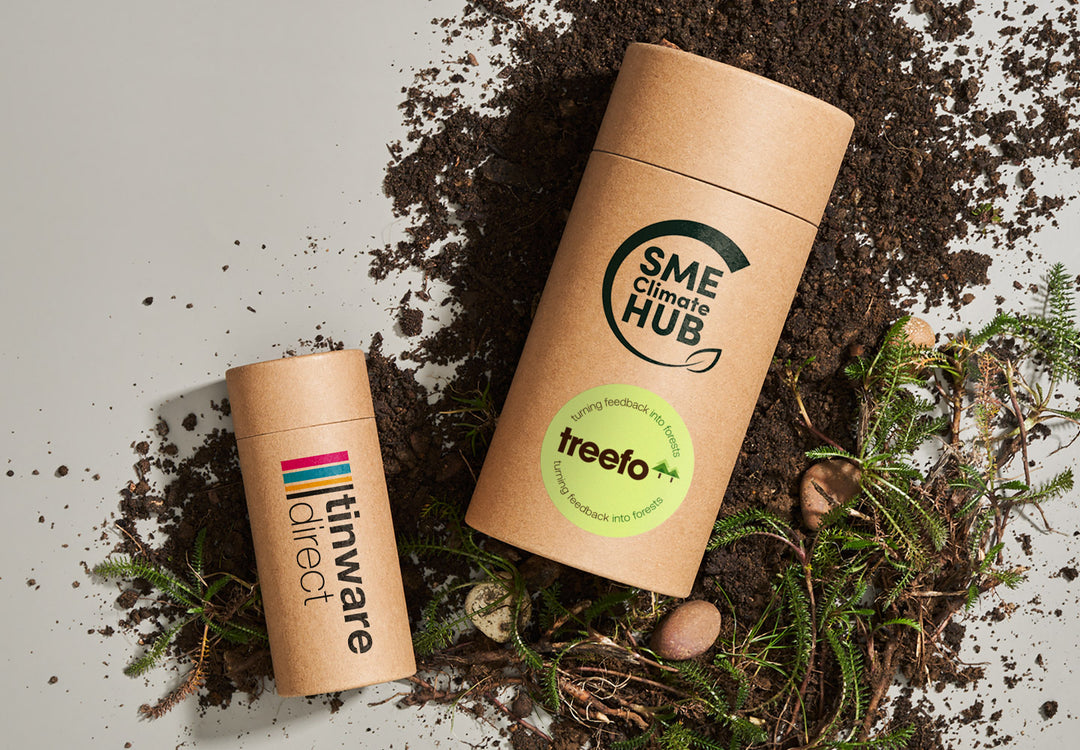How To Transport Food Products Safely

Ensuring food arrives fresh and intact is crucial. Discover the best strategies to secure food products during transport.
Understand the Importance of Food Packaging in Transport
Food packaging plays a pivotal role in maintaining the quality and safety of products during transportation. It serves as the first line of defence against environmental factors such as temperature fluctuations, humidity, and physical damage. Proper packaging ensures that food products arrive in optimal condition, preserving their freshness and extending their shelf life.
In the manufacturing industry, the right packaging can also contribute to reducing waste and enhancing customer satisfaction. By investing in effective packaging solutions, businesses can minimise spoilage, reduce returns, and build a reputation for reliability and quality.
Choose the Right Materials for Food Packaging
Selecting the appropriate materials for food packaging is crucial to ensure the protection and preservation of products. Common materials include cardboard, metal, and biodegradable options. Each material has its unique properties and suitability depending on the type of food being transported.
For instance, heat-sealed packaging is ideal for perishable goods as it limits oxygen exposure, thus slowing down the spoilage process. On the other hand, tin packaging with an EPE liner is excellent for preserving the taste and quality of liquids. Biodegradable materials are gaining popularity due to their environmental benefits, offering a sustainable option without compromising on safety.
Learn the best Practices for Packaging Perishable Goods
Perishable goods require special attention during packaging to maintain their freshness and prevent spoilage. One effective strategy is the use of temperature-controlled packaging, such as insulated containers and gel packs, to keep the products at a stable temperature throughout the transportation process.
Another best practice is to utilise modified atmosphere packaging (MAP), which alters the atmosphere inside the package to extend the product's shelf life. Additionally, ensuring proper sealing and labelling of packages can help in monitoring and handling during transit, reducing the risk of contamination and ensuring timely delivery.
Discover Innovative Food Packaging Solutions
The manufacturing industry is continuously evolving, bringing forth innovative packaging solutions that enhance the safety and efficiency of food transport. Smart packaging, equipped with sensors and indicators, can monitor the condition of the food and provide real-time data on temperature, humidity, and freshness.
Edible packaging is another ground breaking solution, offering an eco-friendly alternative that reduces waste and adds value to the product. Moreover, advances in nanotechnology have led to the development of antimicrobial packaging materials that inhibit the growth of harmful bacteria, ensuring the safety and quality of food products.
Check Compliance with Food Safety Regulations
Compliance with food safety regulations is imperative in the food manufacturing industry to protect consumers and maintain brand integrity. Packaging must meet stringent standards set by regulatory bodies to ensure it is safe for food contact and does not pose any health risks.
Stay updated with the latest regulations and guidelines, including those related to labelling, materials, and packaging processes. Regular audits and quality checks can help in identifying and addressing potential issues, ensuring that the packaging not only meets legal requirements but also upholds the highest standards of food safety.







